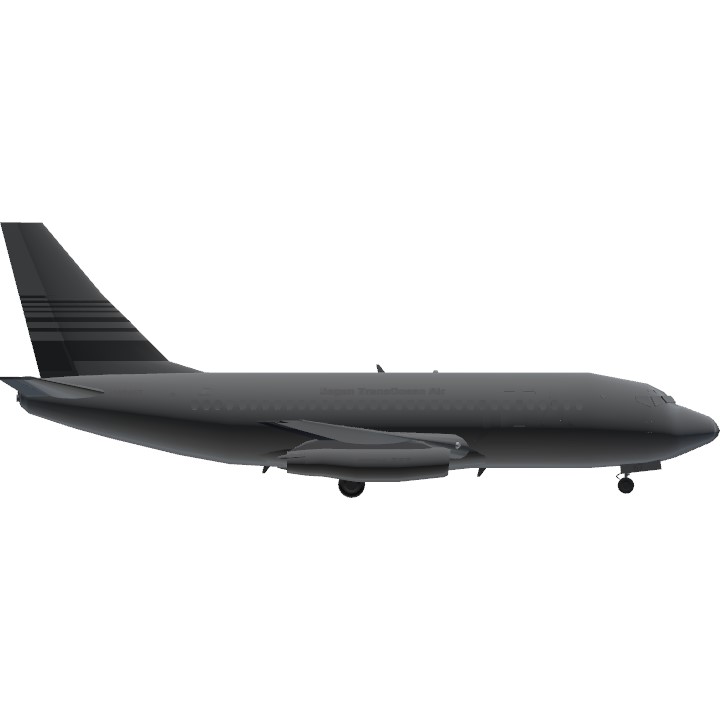
The Boeing 737 is a narrow-body aircraft produced by Boeing at its Renton factory in Washington. Developed to supplement the Boeing 727 on short and thin routes, the twinjet retained the 707 fuselage width and six abreast seating but with two underwing turbofans instead of four. Envisioned in 1964, the initial 737-100 made its first flight in April 1967 and entered service in February 1968 with Lufthansa. The lengthened 737-200 entered service in April 1968, and evolved through four generations, offering several variants for 85 to 215 passengers.

The 737-200 was a 737-100 with an extended fuselage, launched by an order from United Airlines in 1965 and entered service with the launch customer in April 1968. The 737-200 Advanced is an improved version of the -200, introduced into service by All Nippon Airways on May 20, 1971. After aircraft #135, the 737-200 Advanced has improved aerodynamics, automatic wheel brakes, more powerful engines, more fuel capacity, and hence a 15% increase in payload and range over the original -200s and respectively -100s. The 737-200 Advanced became the production standard in June 1971. Boeing also provided the 737-200C (Combi), which allowed for conversion between passenger and cargo use and the 737-200QC (Quick Change), which facilitated a rapid conversion between roles. The 1,095th and last delivery of a -200 series aircraft was in August 1988 to Xiamen Airlines.
As of September 2023, a relatively high number of 737-200s remain in service compared to other early jet airliners, with 50 examples actively flying for 30 carriers. During the 737 MAX groundings, older 737s, including the 200 and Classic series, were in demand for leasing.
Controls:
AG1: Navigation lights
AG2: Beacon lights
AG3: Strobe lights
AG4: Reverse thrust
AG5: Landing lights
AG8: Nose gear lights
VTOL: Flaps
Trim: Adjust trim
Credits to @AlmostMobileFriendly for the JAL fuselage text which I have modified to be JTA text
Blueprint used:

Specifications
General Characteristics
- Successors 4 airplane(s) +132 bonus
- Created On Windows
- Wingspan 91.7ft (27.9m)
- Length 100.1ft (30.5m)
- Height 38.3ft (11.7m)
- Empty Weight N/A
- Loaded Weight 60,927lbs (27,636kg)
Performance
- Power/Weight Ratio 1.538
- Wing Loading 20.8lbs/ft2 (101.7kg/m2)
- Wing Area 2,925.1ft2 (271.8m2)
- Drag Points 17002
Parts
- Number of Parts 348
- Control Surfaces 15
- Performance Cost 1,600







@Inuyasha8215 Thank you very much
Very cute and lovely
Always awesome, love this
@DELTABallbilibili Here you go
Fuji
富士山的链接有吗?
Nice
Veri cool